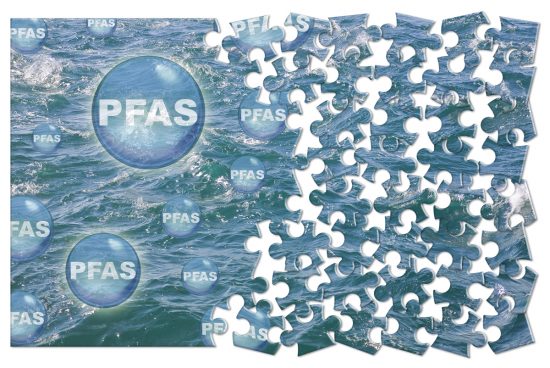FPP4EU, a sector group of CEFIC have set up a Collaboration Platform meeting on 20th June to provide an update on latest developments of the U-PFAS Restriction proposal.

Summary of the Update on the U-PFAS Restriction Proposal by Dr. Frauke Averbeck, BAuA
An update was presented focusing on the objective, consultation findings, how the Dossier Submitters (DS) are addressing the received input.
Objective:
- The goal is to cut down the emissions of PFAS, which amount to 75,000 tonnes per year from production and use (excluding waste). Without intervention, emissions could total up to 4.5 million tonnes in 30 years.
- PFAS are persistent and possess various hazardous properties depending on their type.
Findings from the Consultation:
- Over 5600 comments were received and categorized by sector.
- Most comments came from the electronics and semiconductor sectors, followed by transport, energy, medical devices, and fluorinated gases applications.
- Major topics included alternatives to PFAS, their functions, requests for exemptions, and transition periods.
- Fluoropolymers meet low concern criteria and in the original proposal there are already exemptions exclusively for fluoropolymers for some of the sectors. Derogations can be added for specific uses of fluoropolymers but for now the dossier submitter does not foresee a generic derogation for this specific substance group.
Addressing the Comments:
- DS are examining the entire life cycle to address hazards and risks.
- Information on alternatives is used to review derogations and transition periods. DS are exploring other restriction options and conditions for implementing derogations.
- The DS are revising the socio-economic impact information to present trade-offs between restriction options.
- Comments will lead to revisions in the restriction proposal, forming the background document (BD) for the Committees’ opinion. This update highlights the ongoing efforts and considerations in refining the U-PFAS restriction proposal based on stakeholder feedback
Summary of the Update on the Evaluation Process of the U-PFAS Restriction Proposal by Bastian Zeiger, ECHA
An update was presented focusing on the opinion-making process, the current status of the proposal, upcoming steps, and stakeholder involvement.
Opinion-Making Process:
- The Committees for Risk Assessment (RAC) and Socio-Economic Analysis (SEAC) evaluate the proposed restriction and issue an opinion., along with the background document (BD), are handed to the Commission and Member States, who make the final decision.
Current Status and Next Steps:
- The (RAC) and (SEAC) met in June and have provisionally concluded on four sectors that could be impacted by the PFAS restriction proposal. The sectors covered are consumer mixtures, cosmetics, ski wax, metal plating and manufacture of metal products.
- In September, the focus will be on textiles, upholstery, leather apparel, carpet sector (TULAC), petroleum, and mining. Further discussions will cover fluorinated gases, transport, and construction products.
Stakeholder Input:
- Committees first discuss sectors with fewer comments and then move to more complex ones.
- Stakeholders are encouraged to structure submissions clearly, provide supporting information and evidence, answer specific consultation questions, make joint submissions, and demonstrate the impacts of the proposal for derogation requests.
- Technical experts can participate in RAC and SEAC meetings, but only accredited stakeholders with justified reasons can observe.
Once the ECHA committees finalize their opinions, the European Commission, together with the EU Member States, will decide on the restriction
Denmark reaches political agreement to ban PFAS for certain products.
The Danish Parliament has reached a political agreement on the country’s first national action plan against PFAS. Danish Environment Minister Magnus Heunicke said the plan would, among other things, ban PFAS in clothing, shoes and waterproofing agents intended for consumers. The ban will apply from 1 July 2026.
There is concern among industry that the move is leading to a fragmentation of the EU Single Market.
